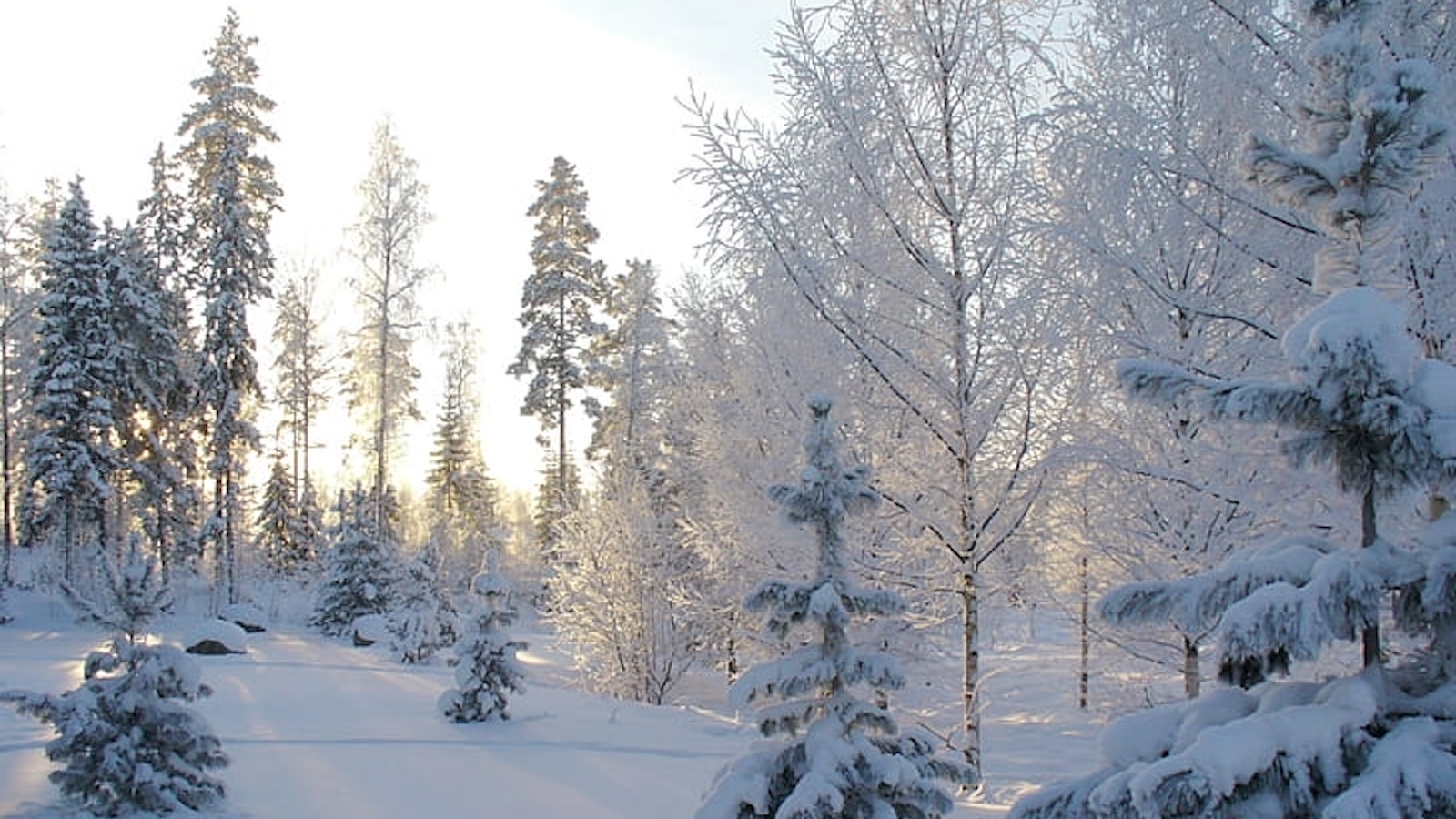Why I won’t be a “Mad Scientist” this Halloween
I’ve spent a lot of my life buried in a biology book, all the while developing a persistent itch that science and policy operate too far away from each other. This letter showed me that, in fact, the scientific community can use their voice and expertise to inform policies.
For Halloween I was planning on dressing up as myself — a “Mad Scientist.” That’s meant to be read literally: a scientist that is mad, or angry. I recently graduated from UCLA with a degree in Ecology and Evolutionary Biology, and nearly everything I studied made me mad: tropical rainforests being deforested everyday, arctic ice sheets melting at an unprecedented rate, coral reefs bleaching faster that ever before, algae blooms happening everywhere, and the list goes on…
All of these things make me mad, and frankly, sad.
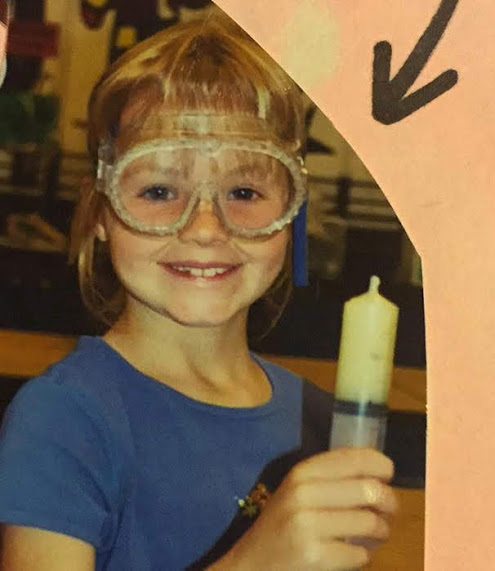
This is me, a budding scientist circa 2004
But recently, while working on forest conservation, the scientific community has given me hope, instead of frustration.
Two months ago, the U.S. Forest Service started accepting public comments on a proposal to exempt Alaska’s Tongass National Forest from the 2001 Roadless Rule — a critical conservation policy that protects the most undeveloped places in our national forests by prohibiting road construction. Roadless areas provide clean drinking water, intact wildlife habitats, and abundant outdoor recreation opportunities across nearly 60 million acres of truly pristine forest in 39 states. In early 2018, Alaska said it wanted out of these Roadless protections, and the Forest Service responded by starting the official process rewriting the Roadless Rule in Alaska — granting Alaska it’s wish.
In a quick, 45-day public comment period, Environment America worked alongside other environmental organizations, local Alaskan tourism businesses, fishers and anglers, wildlife enthusiasts and scientists to show overwhelming support for keeping Roadless Rule protections, and not opening up our largest Roadless Forest — the Tongass — to roadbuilding, logging and further development.
We, along with 17,023 of our members, submitted official comments urging the Forest Service not to roll back protections in the Tongass, the crown jewel of our National Forest System. We joined 114 groups, standing with public support for conservation of our public lands and roadless national forests. We attended the Washington D.C. public hearing on the Alaskan exemption from the Roadless Rule. Some Alaskans traveled 4,000 miles (!!) to sit with student, environmental and taxpayer groups, voicing concerns about how a Roadless Rule rollback in the Tongass fundamentally cuts the intent of roadless protection nationally, and endangers an important old-growth rainforest.
Finally, in the final weeks of public comment on the rule, 200 of the nation’s top conservation and natural resource scientists signed a letter telling the Forest Service to suspend its efforts to roll back popular roadless area protections on over 9 million acres of the nation’s most intact temperate rainforest.
The letter specifically addressed why excluding the Tongass from the national roadless protections will have irreversible consequences to the vibrant fish and wildlife populations that depend on these areas. The 235 scientists agreed that roadless areas are “the ecological foundation to some of the world’s most prolific salmon runs,” and the Tongass old-growth forests “store more carbon than any forest in the nation.” While recognizing the social and economic importance the Tongass, these scientists also stressed the crucial role played by the Tongass in preparing for climate change, already well underway in Alaska.
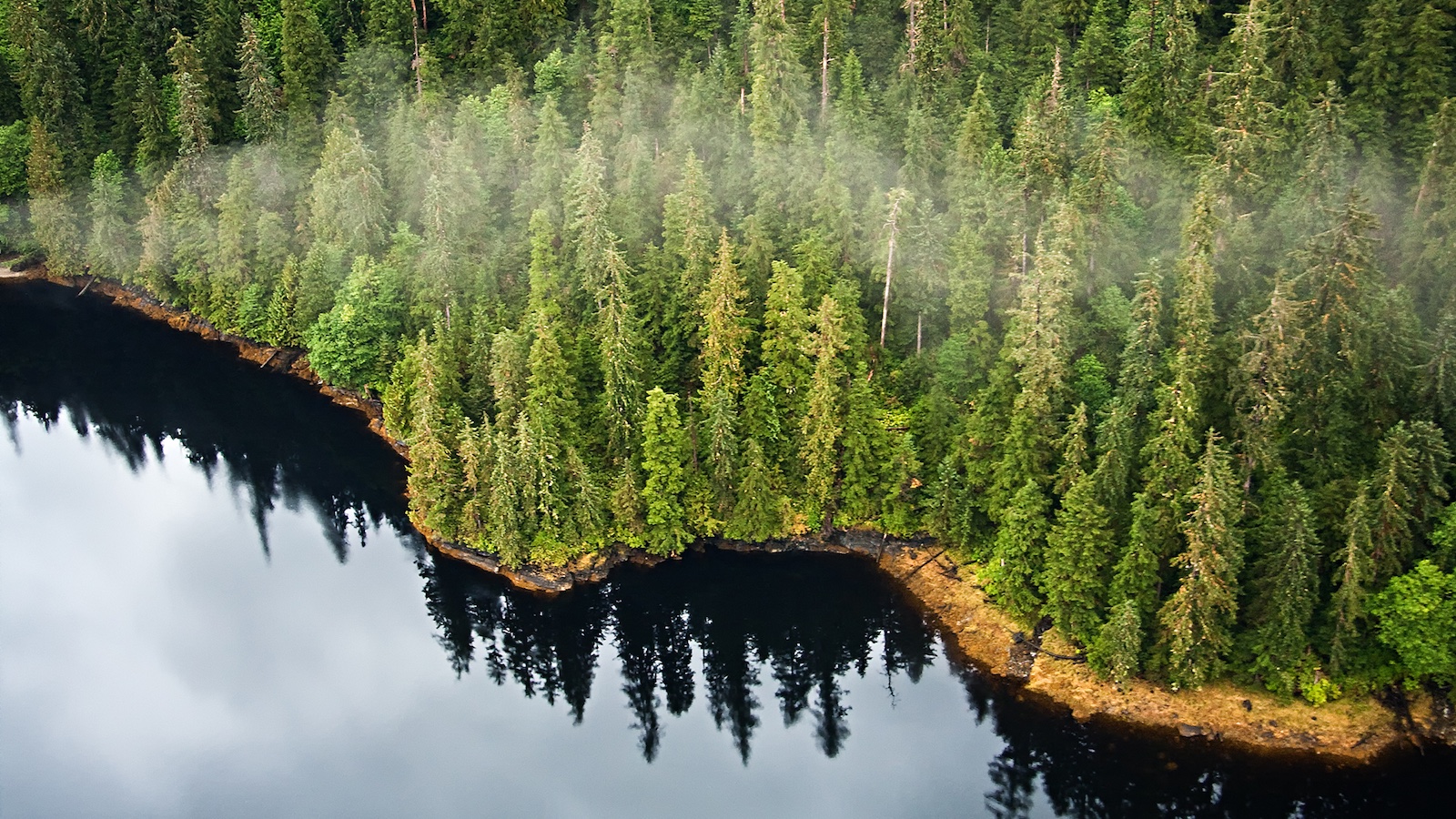
The Tongass National Forest
Every tactic in stopping this Roadless Rule rollback is important, but working with scientists had a special impact on me (and not just because I’ve read the papers of many of the signers). I’ve spent a lot of my life buried in a biology book, all the while developing a persistent itch that science and policy operate too far away from each other. This letter showed me that, in fact, the scientific community can use their voice and expertise to inform policies.
Right now I’m reading E.O. Wilson’s Letters to a Young Scientist (he’s the first signer on the scientist letter). In his chapter on Truth and Ethics, Wilson says, “Be an activist as you deem necessary – and you can be highly effective with what you know…” Wilson (and the 234 other scientists on this letter) reminds us that everyone, including conservation experts, can bring their own, unique knowledge and value to an effort. I thank them for helping me see how scientists and policymakers can work together.
As for Roadless Rule rollbacks — the public comment period for the Roadless Rule exemption in Alaska ended on October 15th, but the effort to keep wild places wild continues. Citizen Advisory Committee meetings continue in Alaska, and the Governor of Utah intends to file for a similar exemption in the coming weeks. We’ll keep you posted on when you can submit a public comment and how to further get engaged. We’ll also reach back out to scientists, drawing on their knowledge of the natural world and how it connects to so many aspects of our lives.
So now, I guess I’ll have think of a new Halloween costume — Maybe I’ll just be a tree?
Topics
Authors
Emily Fieberling
Find Out More
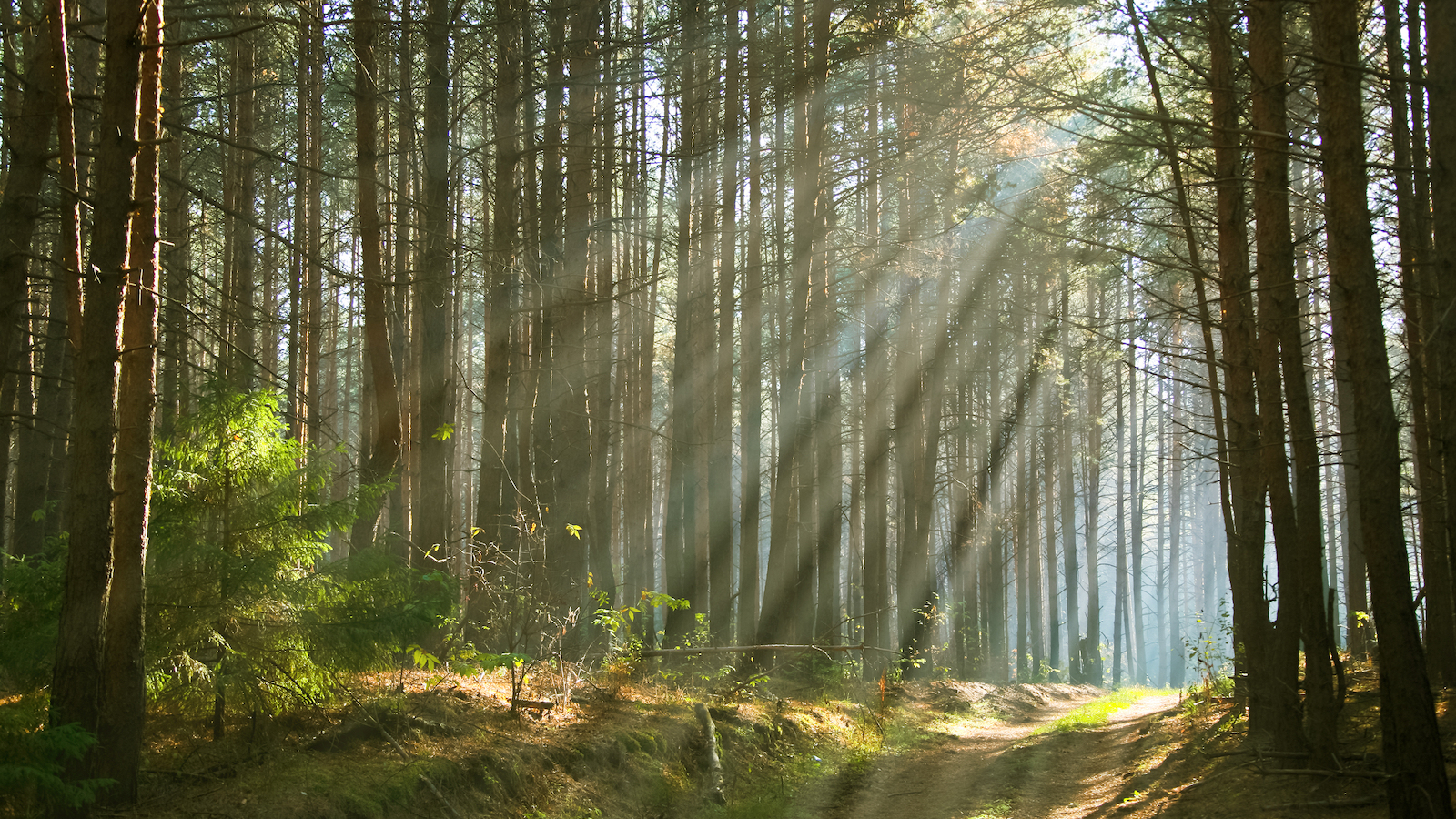
What can we do to keep the boreal forest from being flushed away?
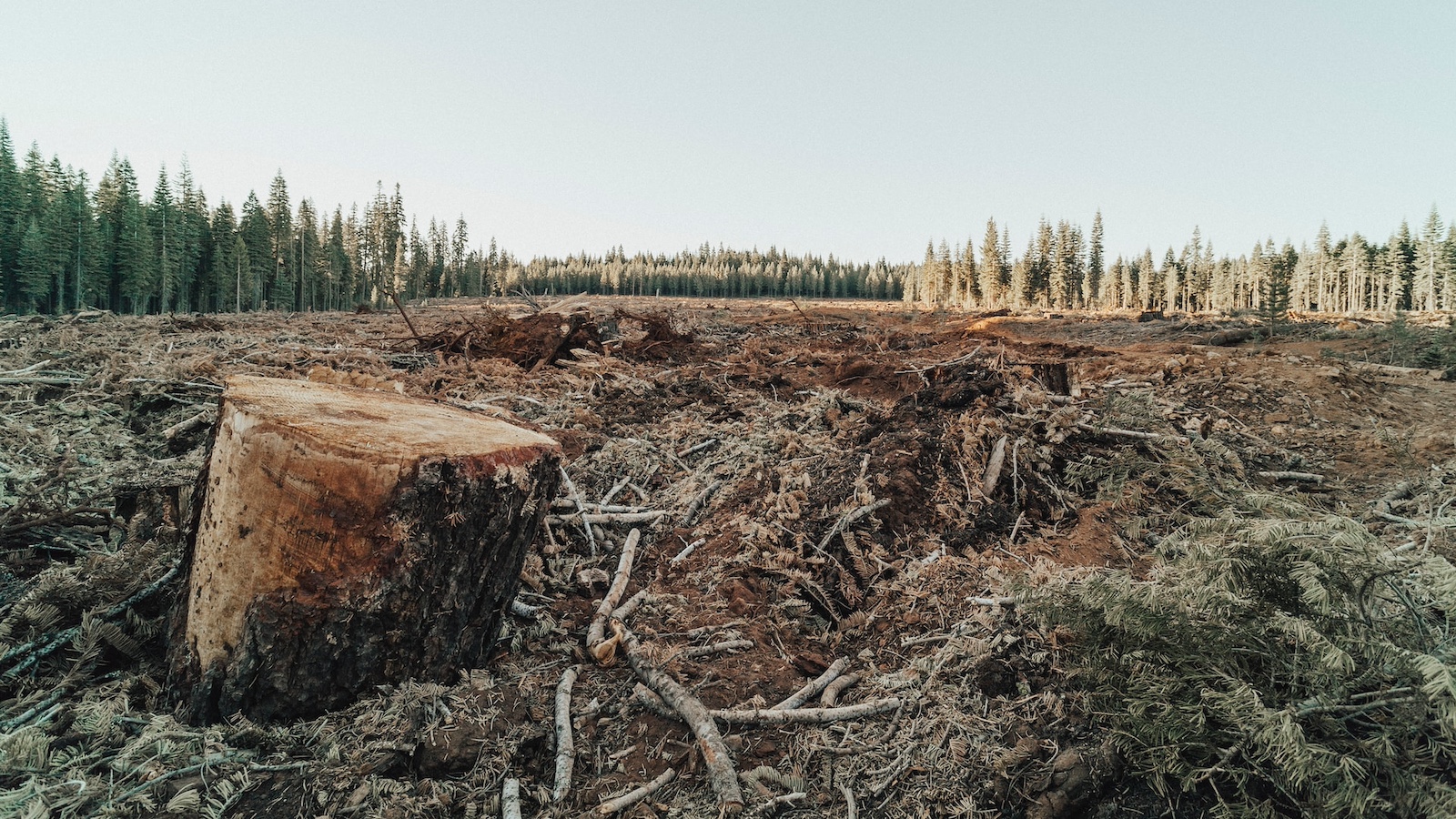
Is logging allowed in national forests?
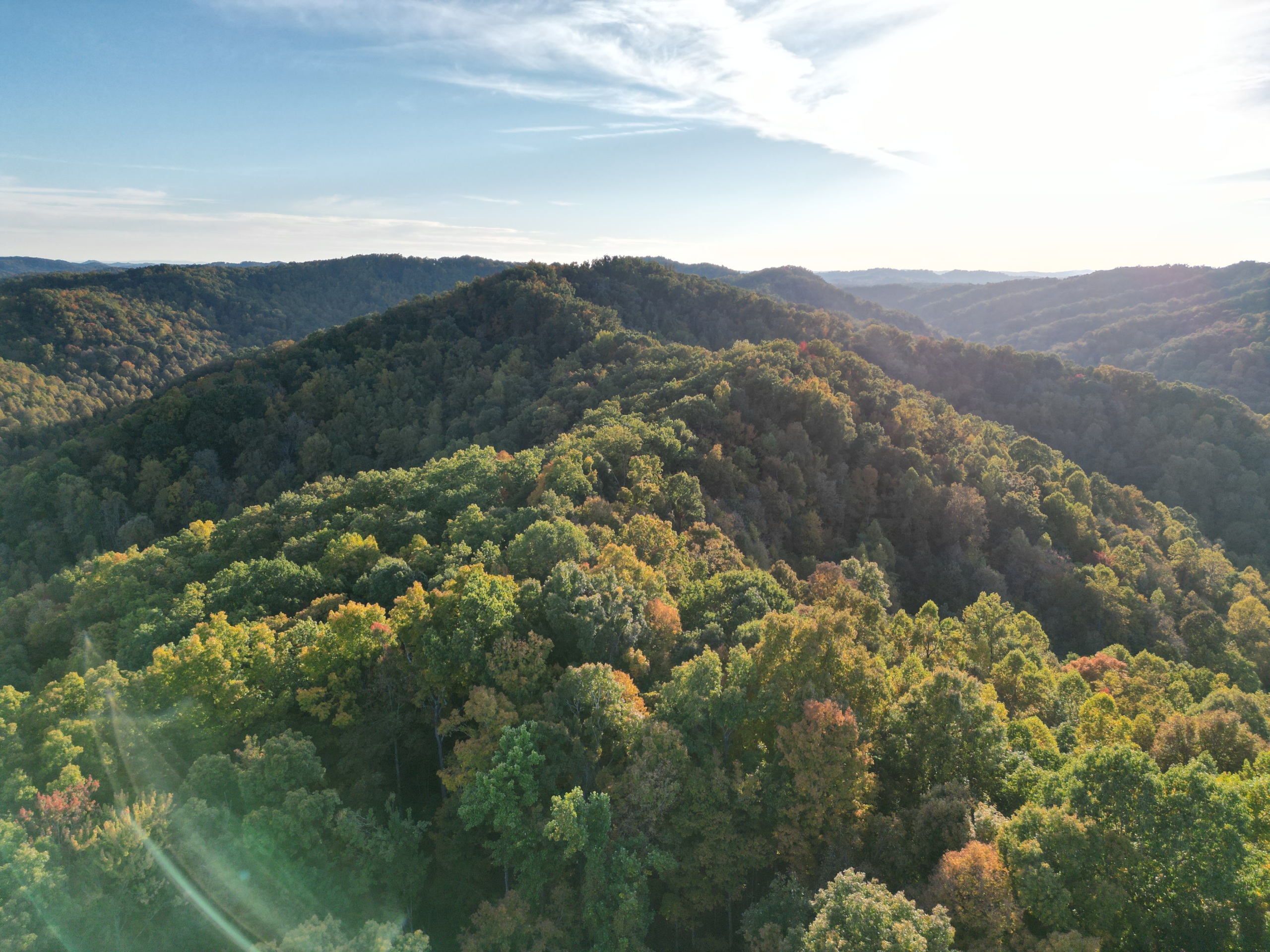
Old-growth trees at risk in Kentucky
